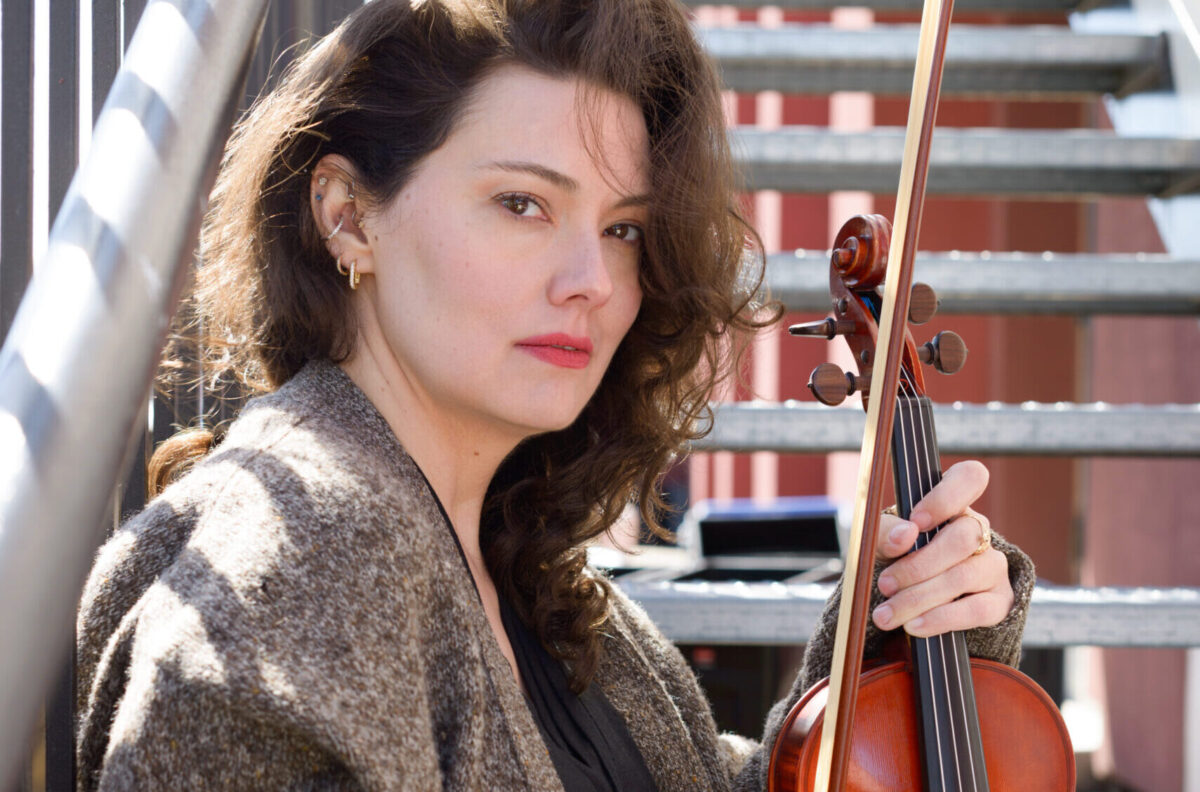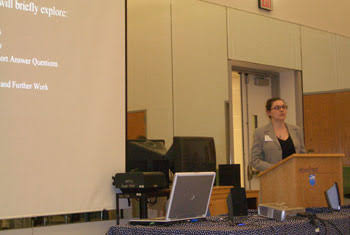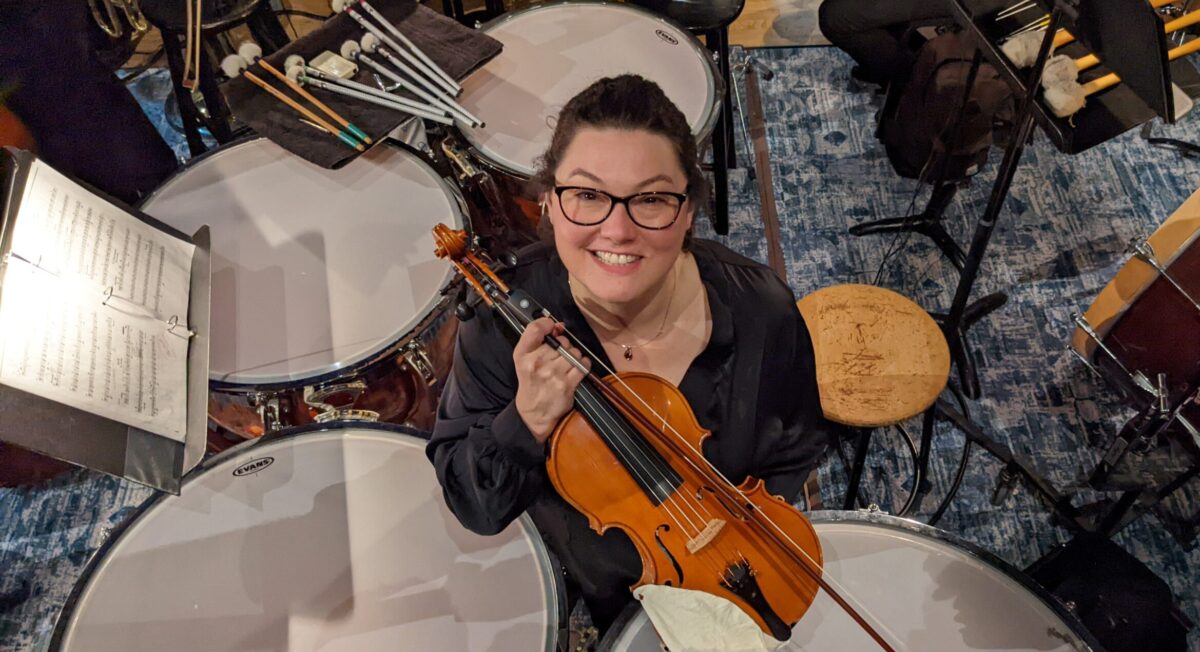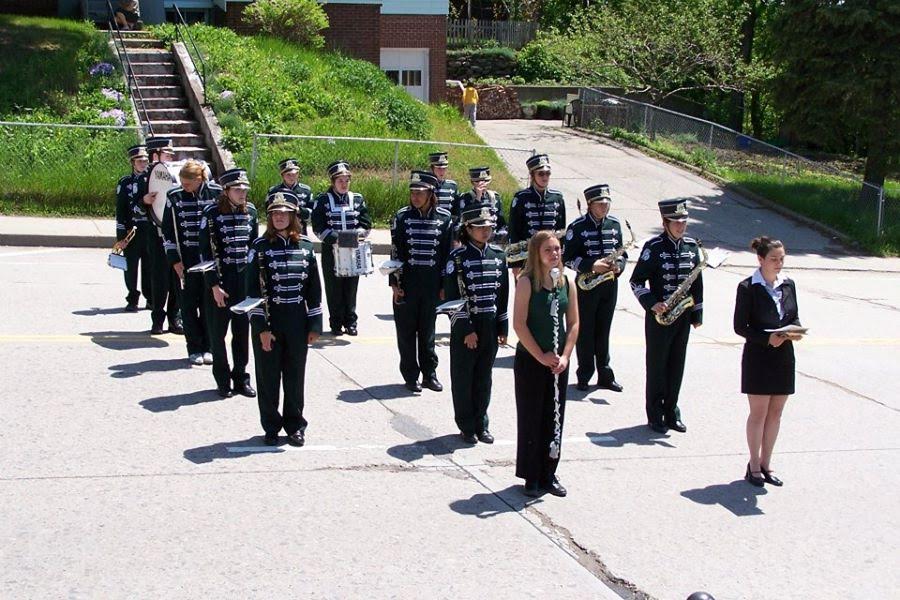The Gate (Nooner)
This poem is after a close reading of the poem The Storm (Bear), by Mary Oliver. I focused intentionally on attempting to replicate the rhythm and meter Oliver chose, as well as other grammatical choices she made, such as tense and sentence structure. Find the poem and my close reading below
The Gate (Nooner)
New upon the shaky gate my kitten
climbs, crying determined mews
with new confidence.
Spine and tail, wriggling, anxious,
her view of the top, she claws, grasps
Until the gate’s cloth divider freys
in small, delicate pieces,
An early warning foreshadowing
the struggles of my mind in this world.
You know, I didn’t see it coming myself.
Close Reading and Notes
Reading Mary Oliver’s original poem The Storm (Bear) and working from it caught me by surprise, because in my first reading, it seemed simple. That simplicity is deceptive upon closer reading. As I worked to tell the story of my kitten, Nooner, I noticed that Oliver’s poem’s simplicity was quite intentional and well-crafted.
Oliver sets up the reader with the scene, setting, and details, using familiar and causal language that make it easy to connect with a scene between animal and human. In the second stanza, Oliver expands on the narrative set in the first, connecting the verb in the first stanza to the three parts of the second stanza.
The first part of the second stanza, Oliver describes and expands on the verb; in the second part, she reveals the ending or aftermath of the action/verb; in the third section, she uses metaphor to relate the experience of the animal in that moment to the human experience. In Oliver’s poem, she uses the following as the third section of the second stanza:
a long sentence, expressing
the pleasures of the body in this world
In the third stanza, she responds to the metaphor she has expressed with her own voice and feelings on the matter.
Normally, I try to use the overall tone, grammar choices, and narrative structure of a work as a guide to my study, but it felt important for me to discover how Oliver crafted such a beautiful work that resonated with clarity and beauty, leaving the reader with feelings both simple and profound. I’m glad I spent time with this poem and worked to attempt to understand how Oliver constructed such a poem. I enjoyed this week’s etude, and I hope you enjoy Mary Oliver’s poem, as well as my own attempts to learn from her work.





